Weekend Portfolio: Charlie Ferguson - Nicaragua, Nicaragüita
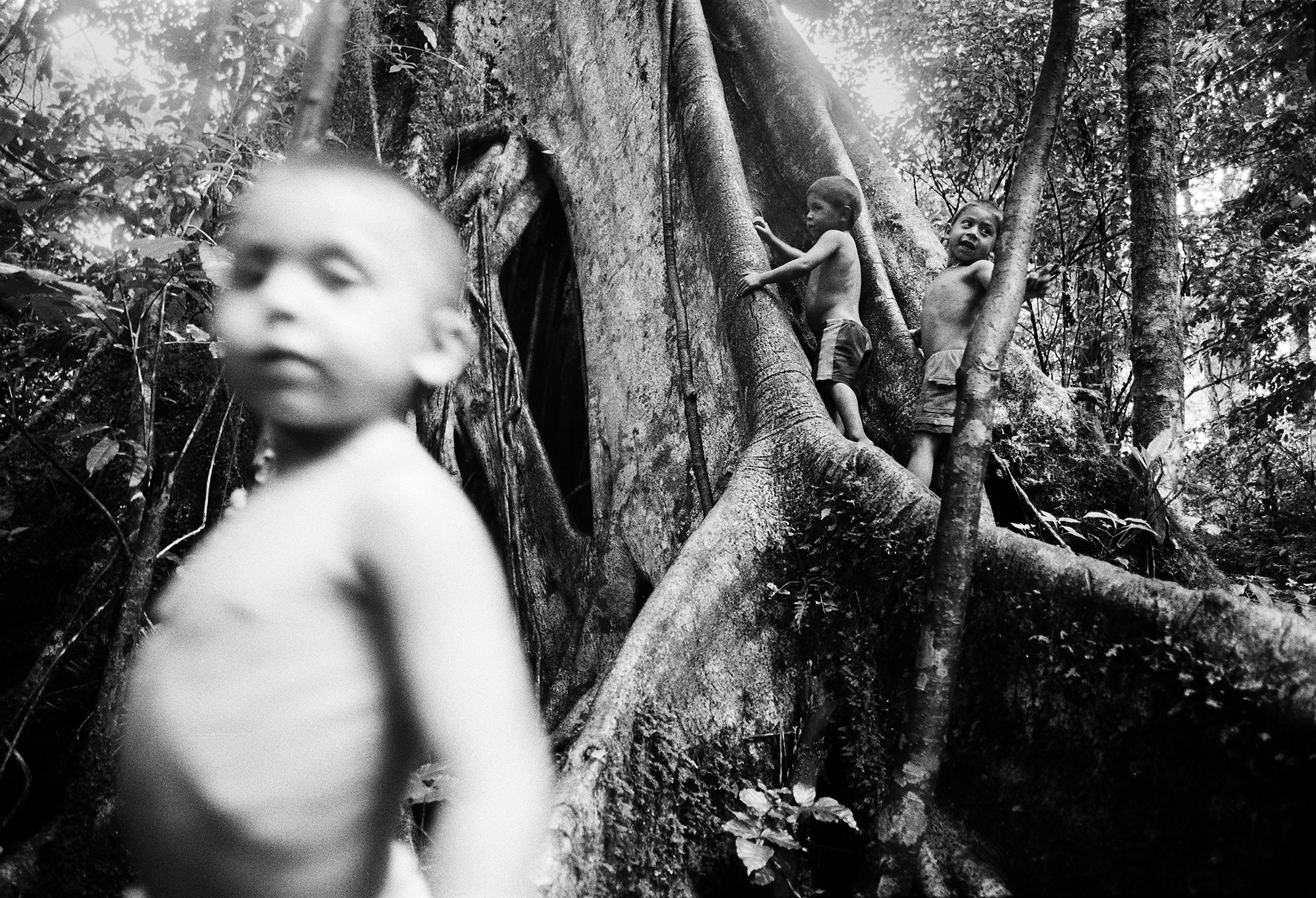
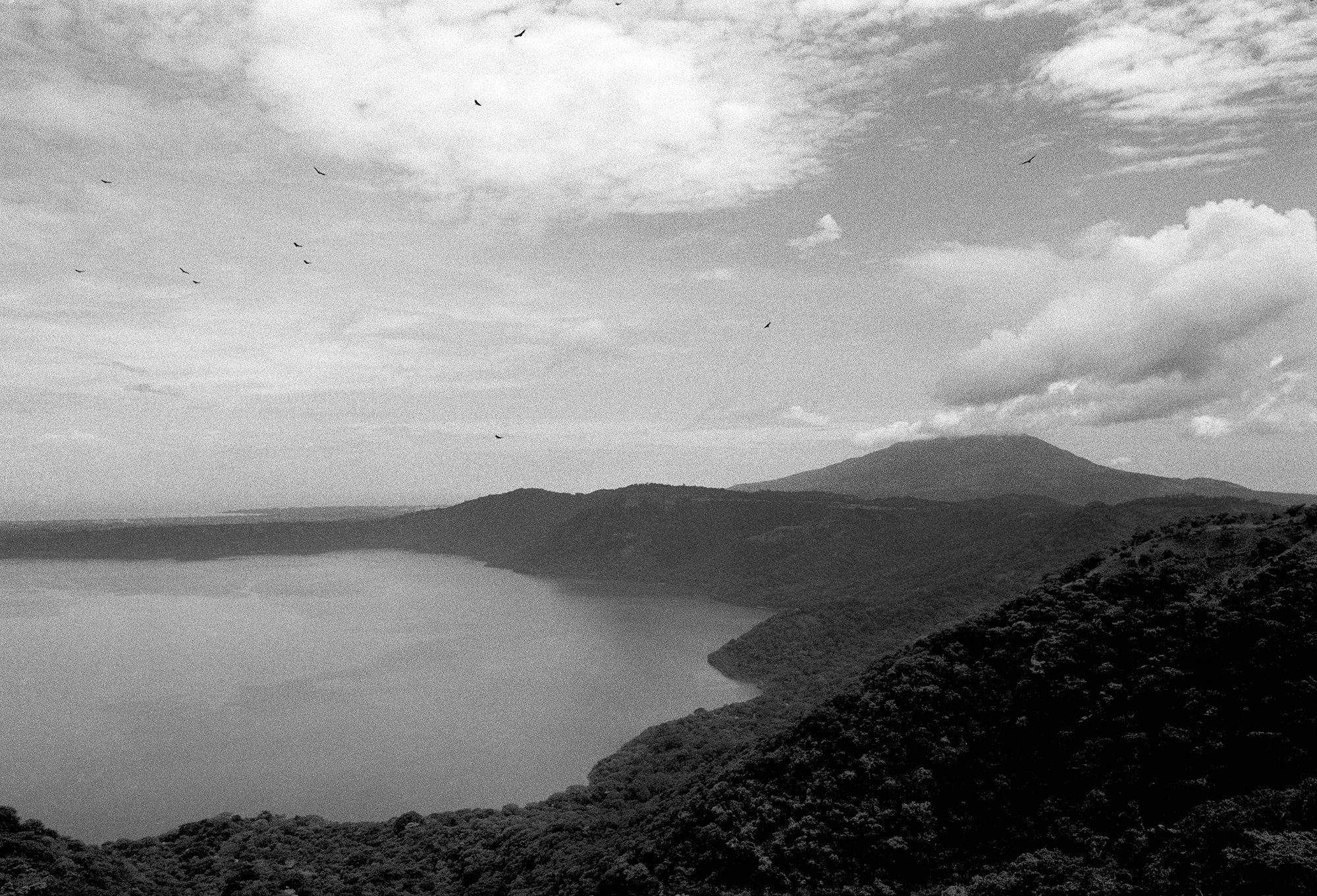
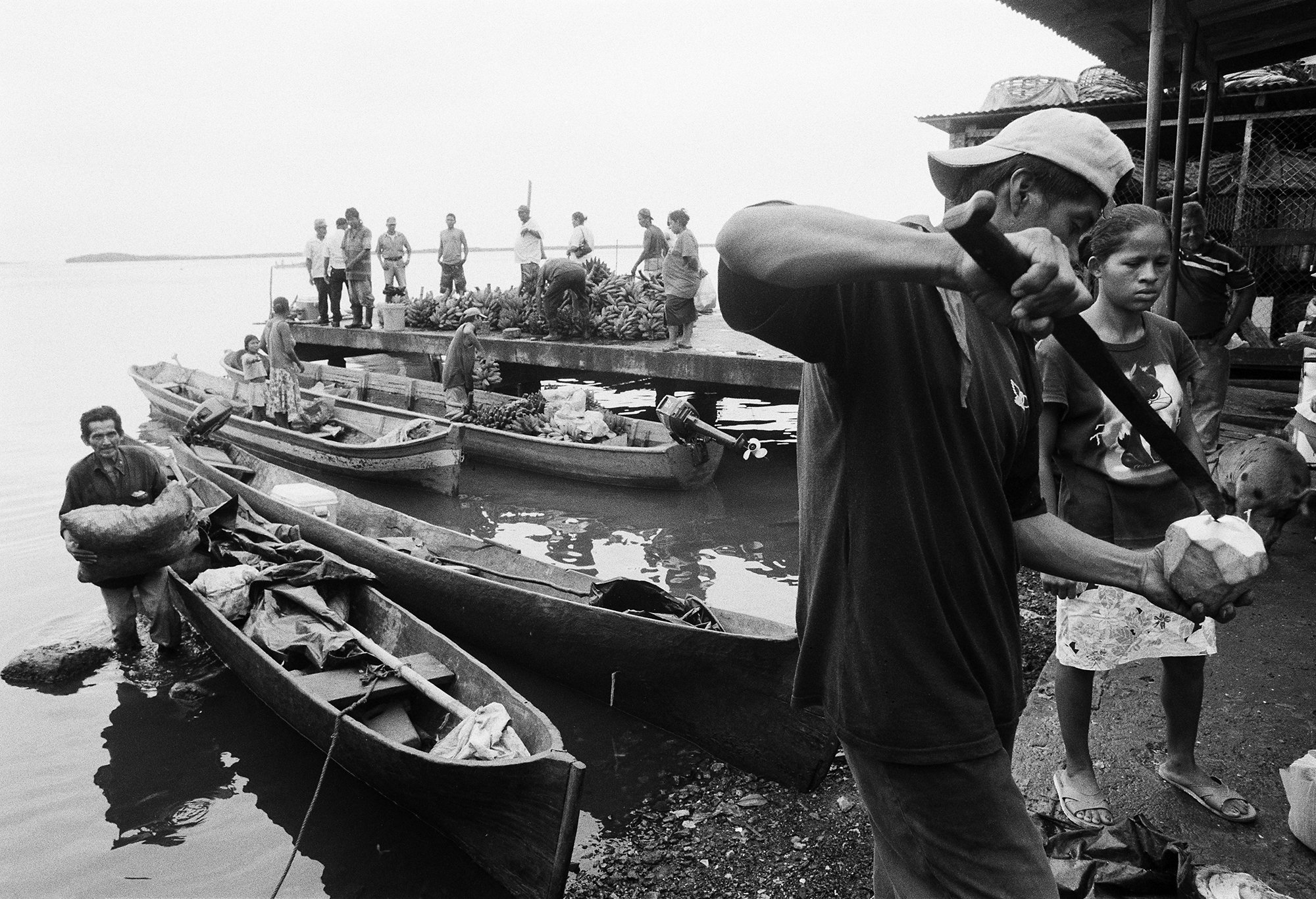
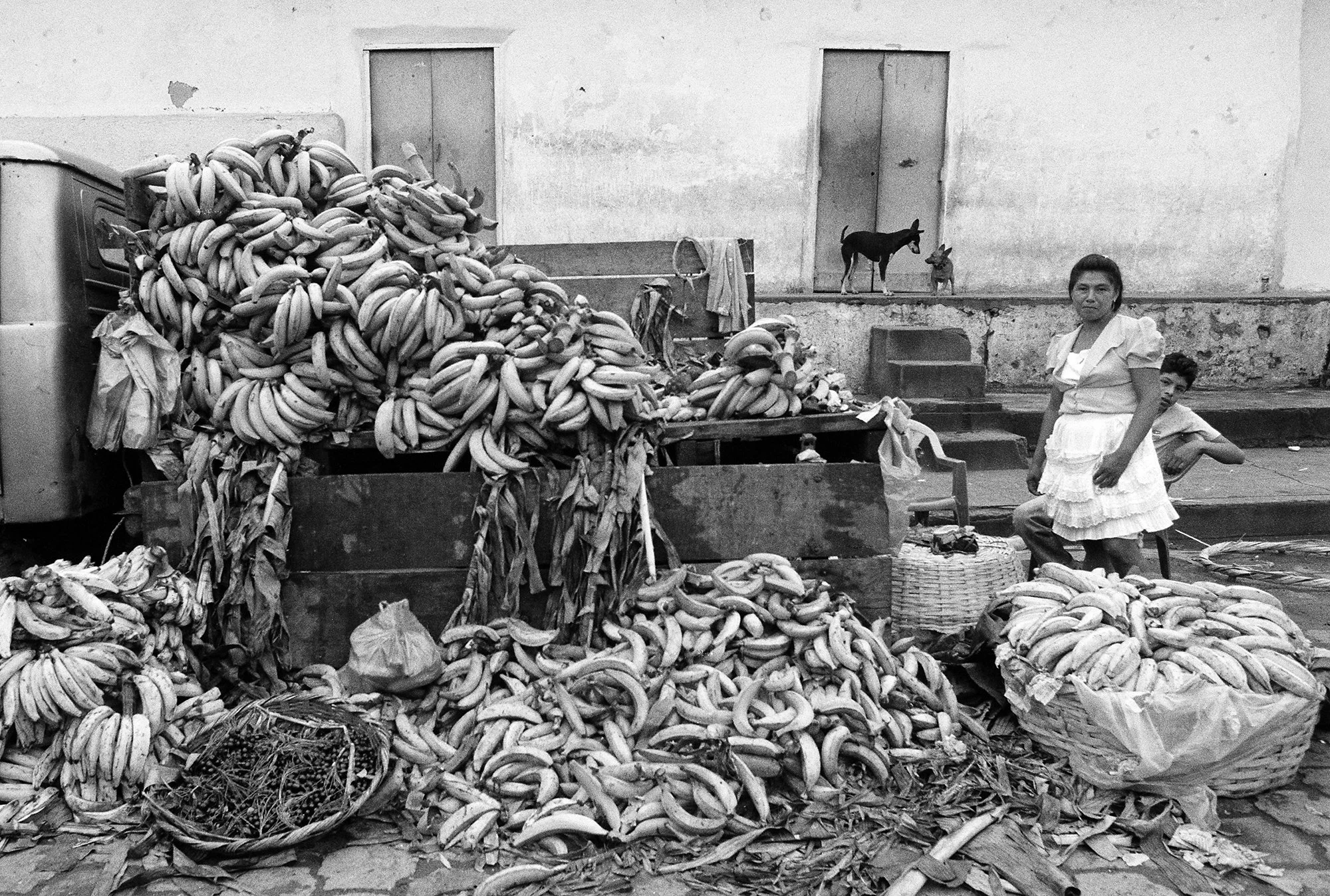
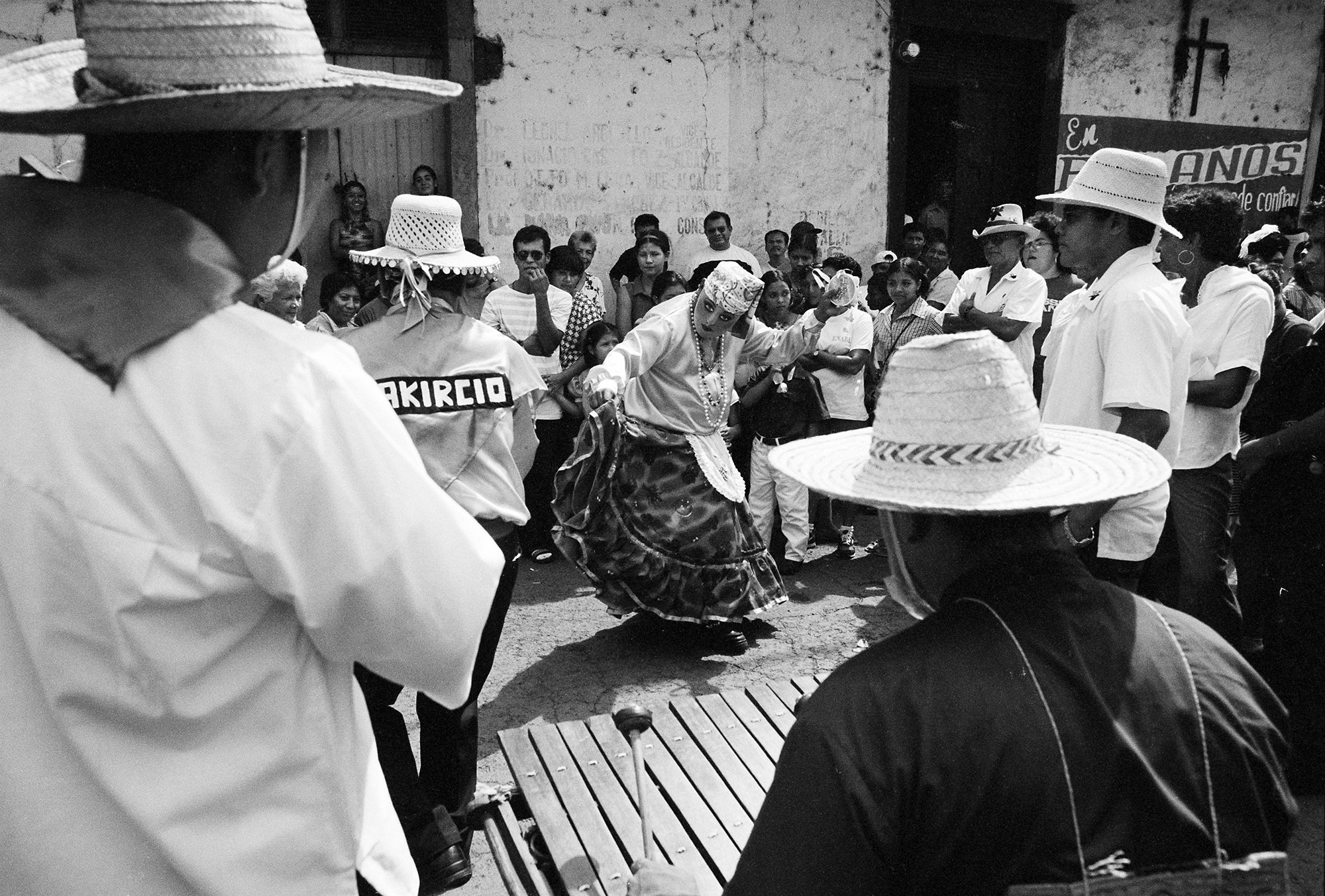

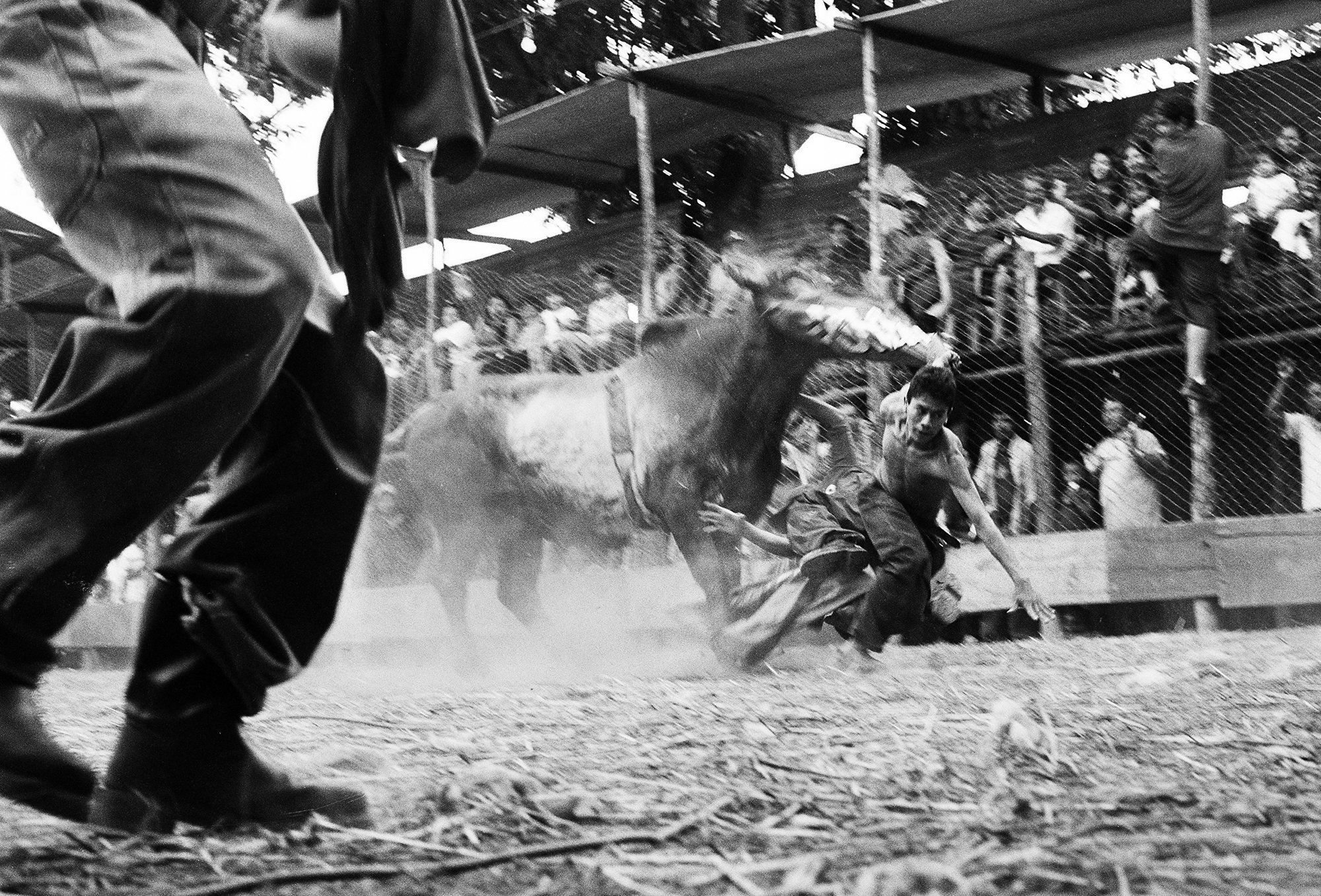

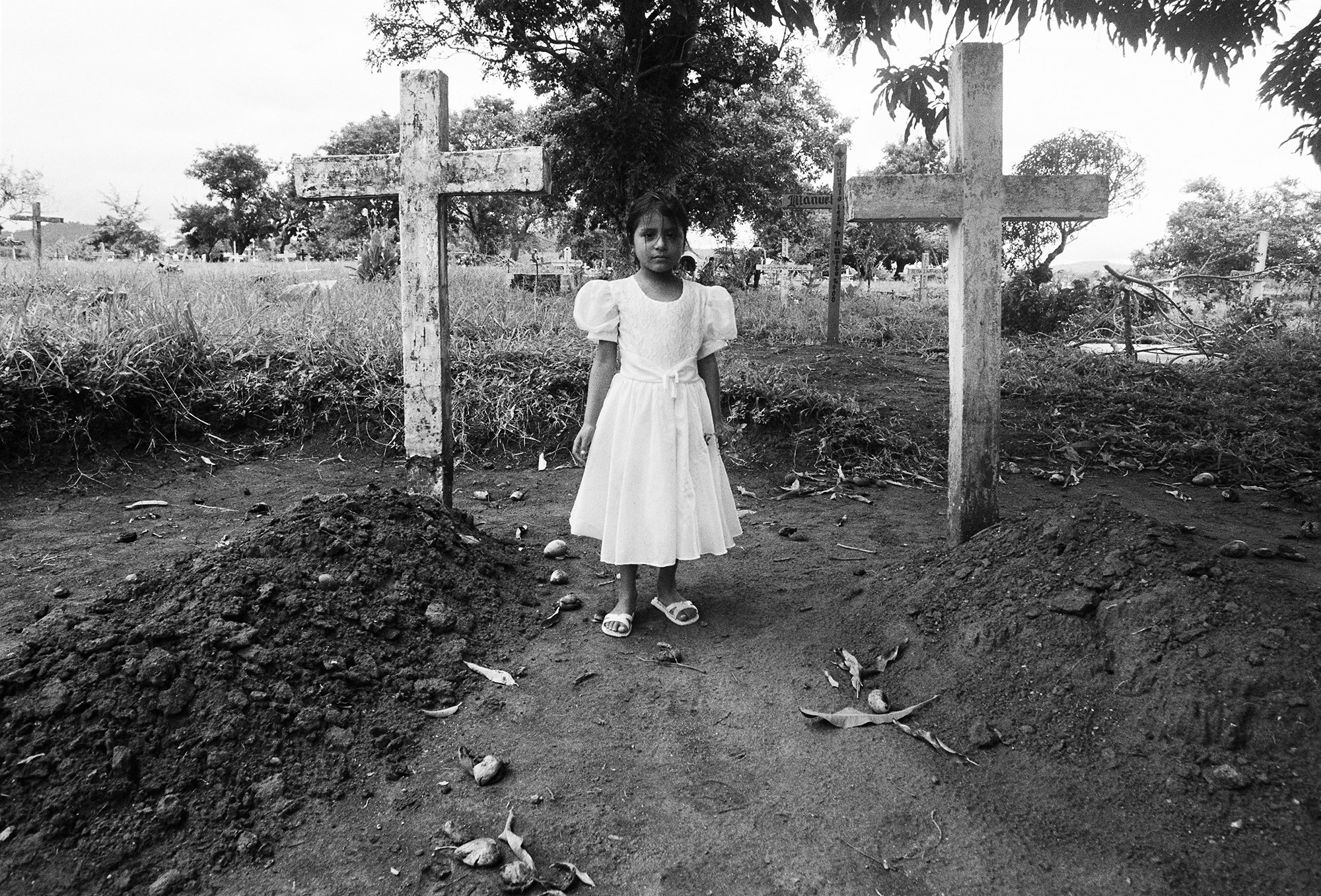
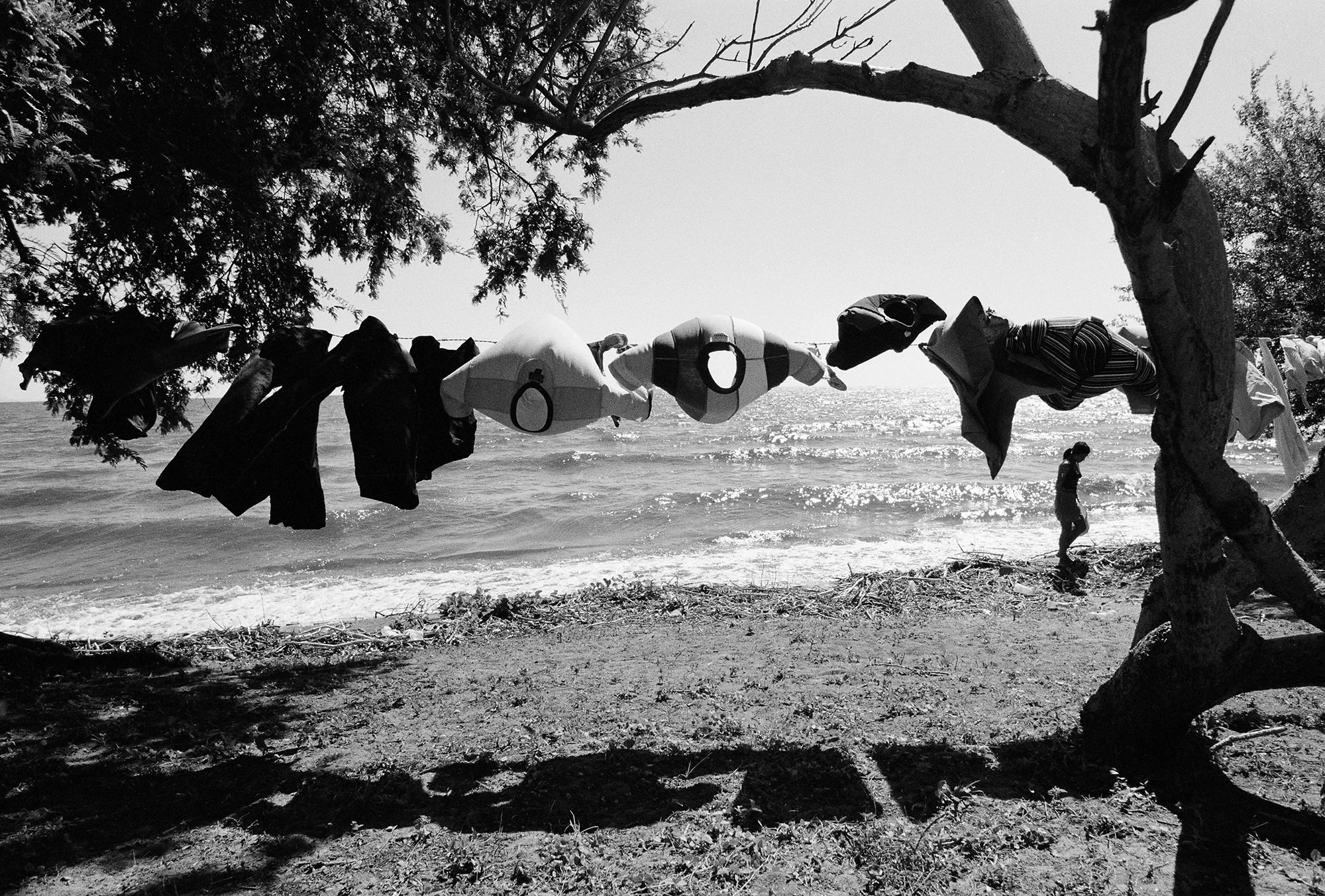
Writing and Photography by Charlie Ferguson
Photo Editing by Haley Winchell
About the Artist: Charlie was born in Houston, Texas, in 1978. At the same time, just a three-hour plane flight away, Nicaragua was in the throes of a bloody revolution. The Sandinista National Liberation Front had launched an insurrection against the oppressive dictator Anastasio Somoza Debayle. Within a year, they had usurped control. Shortly thereafter, a civil war broke out between the US-backed Contras and the socialist Sandinista government, making Nicaragua a key battleground of the Cold War. When it finally ended in 1990, with free elections and the ousting of Sandinista president Daniel Ortega, the country was left ravaged.
After attending the University of Texas at Austin, he spent six years in Latin America where he photographed people in their environment in black and white. This work culminated in two artist books self-published in 2020: Avenida Paulista and Nicaragua, Nicaragüita.
In the last decade, his projects have examined the tension between nature and humanity. He has also explored color street photography for which he was a finalist for the 2022 LensCulture Street Photography Award.
About the Project: Nicaragua, Nicaragüita stemmed from Charlie’s vague memories of the Nicaraguan conflict. When he was born in Houston, Texas, in 1978, just a three-hour plane flight away, Nicaragua was in the throes of a bloody revolution. The Sandinista National Liberation Front had launched an insurrection against the oppressive dictator Anastasio Somoza Debayle. Within a year, they had usurped control. Shortly thereafter, a civil war broke out between the US-backed Contras and the socialist Sandinista government, making Nicaragua a key battleground of the Cold War. When it finally ended in 1990, with free elections and the ousting of Sandinista president Daniel Ortega, the country was left ravaged.
Growing up in the US in the 1980s, Charlie had vague memories of the Nicaraguan conflict. Images of war and the threat of communism flashed to mind. So in 2003, when he received a letter from the Peace Corps inviting him to volunteer there, he was a bit taken aback. Despite my initial trepidation, he was soon on a flight to Managua.
Over the next two years, all his uncertainties vanished, and Nicaragua would become his home. He lived in Granada, a quaint colonial town on the tropical shores of Lake Nicaragua. As a volunteer, he taught entrepreneurship to high school students from across the country at the National Technical Institute. In his free time, he took photos. There was no preconceived notion of a project. The camera was simply a means to connect with Nicaragua on a deeper level. It led him down roads he wouldn’t have traveled and introduced him to people he wouldn’t have met. Ultimately, it helped give him a profound appreciation for the Nicaraguan people.
Life was difficult for many of them—Nicaragua was the second poorest country in the Americas at the time, second only to Haiti. Civil war, natural disasters and government corruption were just some of the hardships the country had to overcome. Despite the adversity, he was amazed at how Nicaraguans pushed forward with humility and grace, never losing their sense of humor. Their strong resolve made him optimistic for the future of the country when he left in 2005.
The following year, Nicaraguans re-elected Daniel Ortega as president after voting him out of office sixteen years prior. He still remains in power to this day. A friend in Nicaragua wrote Charlie an ominous email in April 2018, saying the political situation reminded him of the moment before the Sandinistas rebelled against the Somoza dictatorship in the late 1970s. “Only this time the oppression is coming from those who were once oppressed.” Three days later, political activists flooded the streets in protest of the Ortega regime, clashing with authorities. Over 300 people died during the 2018 demonstrations, and to silence any further unrest, the government declared protests illegal.
One of the last photos he took before leaving Nicaragua was of Daniel Ortega at a presidential campaign rally in Condega, a rural small town in northern Nicaragua. As he waited to speak, he stared listlessly into the trees behind the crowd. Little did he know that another turbulent chapter of Nicaraguan history was about to begin.
You can view more of Charlie’s work on his website.







